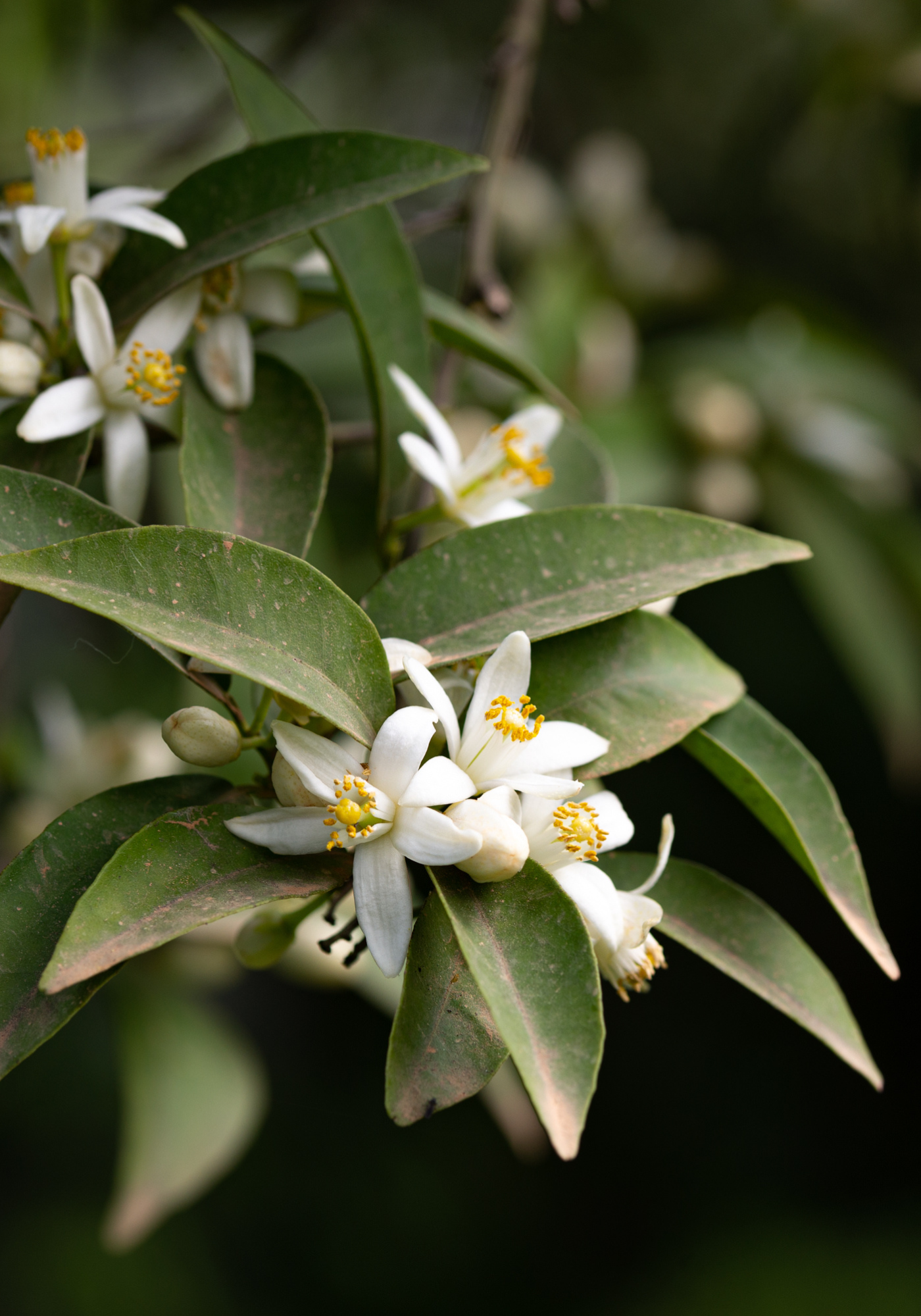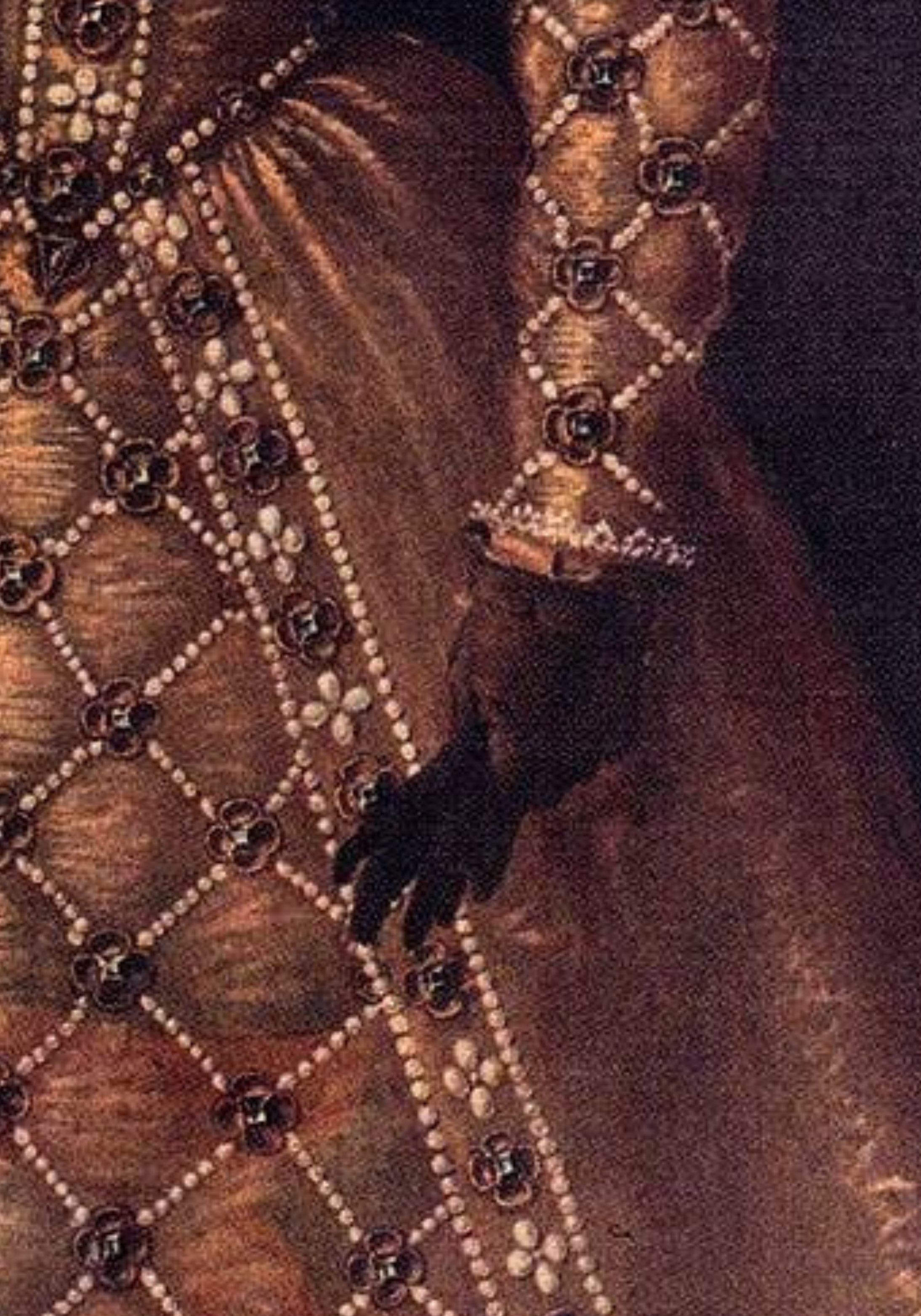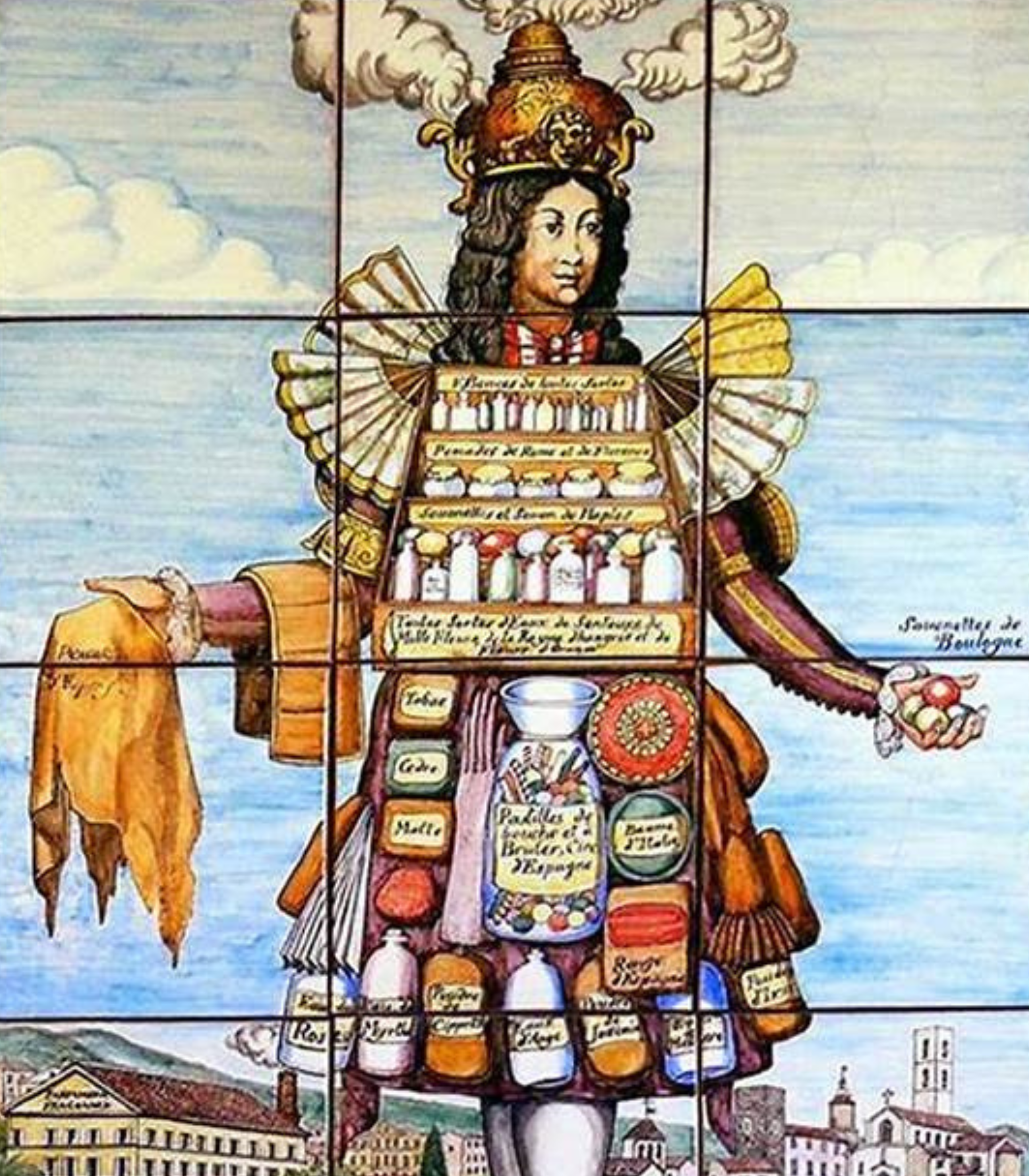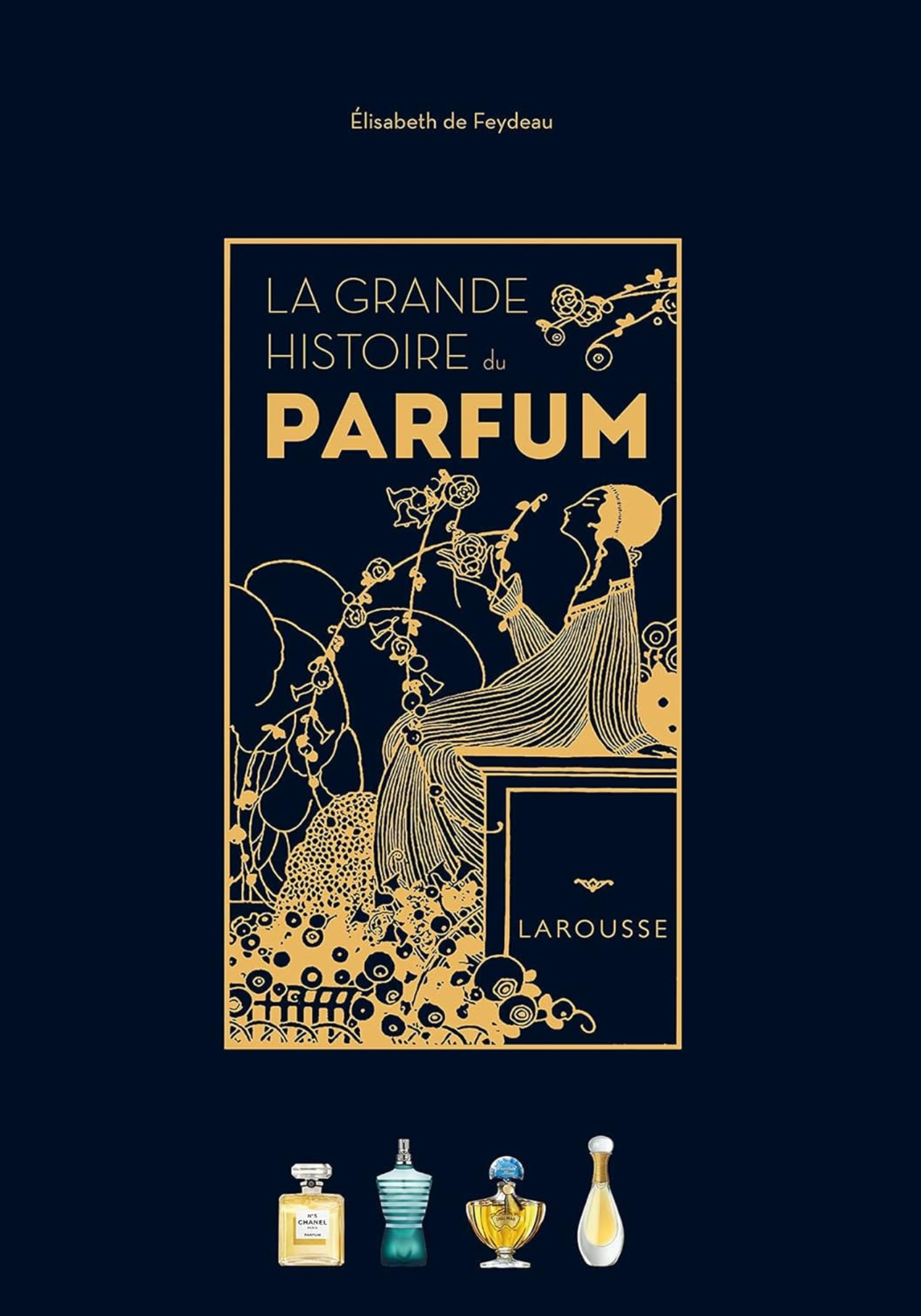Discovering perfume rituals with Elisabeth de Feydeau
par Essential ParfumsTo celebrate the launch of our new fragranced hand creams, we had the honor of conversing with renowned perfume historian Elisabeth de Feydeau about the various gestures involved in perfuming through the ages. Join us on a captivating journey through history, where you’ll discover the elegance and subtlety associated with the use of perfumed gloves.
Firstly, for those who aren’t already familiar with you, could you introduce yourself?
Hello, I’m Elisabeth de Feydeau, a perfume historian. I defended my doctoral thesis at the Sorbonne in 1997, focusing on the transition from craft to industry in the field of perfume in France, spanning the 18th century to 1939. Initially, my thesis covered the period from 1830 to 1939, delving into the evolution of perfumery, industrialization, and the role of organic chemistry in perfume artistry. Following my thesis, I worked with major perfume houses, notably Chanel, where I established their heritage and archives conservatory. Subsequently, I expanded my collaborations to other brands, working internationally with Saudi, Qatari, and Chinese brands. Currently, I’m engaged in a significant project in China as part of the Sino-French Year of Perfume Culture, where the resurgence of perfume history is pivotal for brands rediscovering their heritage and craft identity.
How did your love of perfume and its history come about?
My burgeoning passion for perfume awakened in me the desire to explore its history. During my studies at the Sorbonne, I suggested to my professors that I work on perfume during my Master’s year. Encouraged by my contemporary history professor, I undertook a thesis on the subject, becoming a pioneer at the time. Finding archives wasn’t easy then. So, quite naively, I wrote to all the major fashion houses, expressing my desire to gain access to their archives. Chanel contacted me to set up theirs.
So I decided to put my thesis on hold to work at Chanel. It was there that I discovered perfume, both from an academic and a sensory point of view, in the laboratory then headed by Jacques Polge. This experience strengthened my conviction that it’s essential to know perfume in all its aspects in order to be able to write its history with accuracy and depth.
I’m convinced that “scientific” popularization is essential to share my passion with a wide audience. Making the complex concepts of the world of perfume accessible is a challenge I face every day. But it’s also a mission that’s close to my heart, because I believe in the importance of passing on knowledge.
In my literary works, I try to choose my words carefully to make perfume and its history understandable to everyone. Popularization, though difficult, is a way of sharing my passion and arousing interest in this captivating art.
Perfume has often changed form and gesture since it first appeared in antiquity. Could you tell us a little more about the most important perfume rituals and gestures throughout history?
In ancient times, perfume primarily took the form of smoke generated by burning materials like woods and resins. One of the earliest known fragrances was kyphi, an Egyptian perfume with religious and therapeutic uses, serving to honor the gods and promote healing among individuals. This act of burning incense held profound symbolic significance, as it was believed to elevate prayers to the divine and symbolize the interconnectedness between the earthly and celestial realms.
During this era, the ritual of anointing also emerged, remaining prevalent in various religious ceremonies. Early civilizations believed that applying fragrant oils or unguents to statues of deities would imbue them with a divine essence, granting them life or spiritual significance. This gesture of anointing was rooted in the belief that scent possessed a transformative power, infusing objects with a sacred aura that persisted even in their absence.
Over time, perfume continued to evolve, yet it retained its ability to evoke a presence beyond the physical realm. From ancient rituals of incense burning to the act of anointing sacred figures, perfume has served as a conduit for spiritual connection and transcendence, animating spaces, objects, and memories with its ethereal essence.
In the 16th century, the tradition of the perfumed glove emerged. Can you tell us the story?
Wearing gloves was commonplace during the Middle Ages, serving as a vital means of protection against various hazards. From the working class to the nobility, gloves were worn by all, offering defense against both workplace dangers and the perceived threat of miasmas. The latter concern, particularly relevant in the context of epidemics, paralleled modern observations made during the COVID pandemic, where handshakes were deemed riskier than other forms of contact.
During this era, the establishment of tanneries in France and Europe facilitated the processing of hides, albeit with methods borrowed from the East that often resulted in unpleasant odors, notably due to tanning baths containing animal and human excrement. To counteract this issue, perfumed baths were devised, leading to the emergence of perfumers as a secondary trade alongside tanners and glove makers.
In Italy, renowned for its strong leather tradition, the concept of perfuming leather took root, giving rise to scented leather products. These included not only gloves but also men’s underwear and various leather accessories. Upon Catherine de Médicis’s arrival in France to marry Henri II, she introduced the tradition of perfumed gloves to the court of François 1er, positioning them as an essential fashion accessory synonymous with wealth and courtly elegance.
Could you take us back to the perfumery rituals and gestures of the time?
From the Middle Ages onwards, a variety of scented products were available, including unguents, oils and then a variety of spirituous waters, double waters, single waters and bouquets, such as the Bouquet aux Mille fleurs, an olfactory masterpiece from the late 18th century. There were also ointments, vinegars and lotions, offering a catalog almost similar to today’s, but based exclusively on natural raw materials. Eau de toilette as we know it today did not exist in those days. Instead, they were called “eaux pour la toilette”, “eaux odorantes”, “eaux simples”, “eaux spiritueuses” or “eaux doubles”. There were also scented bouquets, such as Trianon or Printemps.
At the end of the 18th century and into the 19th century, bathing was far less common than it is today. Peasants typically bathed in rivers, while aristocrats and the upper middle classes enjoyed baths in châteaux and private mansions. The middle class often visited public baths, which had been closed at the end of the 16th century but gradually reopened in the 19th century. Hygiene practices saw improvements in the 18th century, influenced by England, where hygiene standards were already higher. Marie-Antoinette was particularly known for her habit of taking baths several times a week.
Since the 17th century, water had become less common in daily hygiene routines, leading to the widespread adoption of dry toiletry practices. These included the use of lotions, vinegars, and simple waters, imparting a sense of cleanliness. Known as “eaux pour la toilette,” or toilet waters, these products were used for hygiene purposes. Eau de Cologne, in particular, was employed for rubbing and therapeutic purposes. Subsequently, perfumed products such as ointments for hair regrowth became popular. Perfumes during this time were highly seasonal and typically had a limited shelf life of just a few months.
Eaux de toilette in the modern sense emerged alongside the first variations of perfume, which were closely linked to the industrialization that began in the 1860s and the initial applications of organic chemistry. By the 1910s, François Coty had included the first eaux de toilette in his catalog, marking a significant shift in the perfume industry. Guerlain also introduced eaux de toilette around this time. Furthermore, when Gabrielle Chanel launched her iconic N°5 fragrance in 1921, she offered it in combination with an eau de toilette, providing a more affordable option compared to the concentrated extracts. Although still relatively expensive, eaux de toilette made luxury perfumes more accessible to a wider audience. Meanwhile, the extracts remained reserved for evening wear and were considered the most refined expression of perfume.
What new fragrance gestures are emerging today, or will emerge in the future?
In my opinion, fragrances can be classified into two main categories based on their medium. Firstly, there’s the aqueous medium, which refers to perfumes in the form of water. This medium is experiencing a resurgence, possibly to address issues related to photosensitization and to cater to specific markets. Such perfumes are primarily aimed at providing a soothing experience and a sense of well-being rather than focusing solely on seduction. An example of this approach is the “J’adore” Eau de Dior fragrance.
Secondly, I strongly advocate for the use of scented oils, a practice reminiscent of ancient rituals. This approach, exemplified by products like Estée Lauder’s Youth Dew, offers several advantages. With a lower alcohol concentration, scented oils are gentle on the skin and provide tangible sensory pleasure. The availability of high-quality oils enhances the overall experience, making it truly enjoyable. Unlike water-based perfumes, the application of oil imparts a feeling of voluptuousness and allows the fragrance to permeate the skin more effectively, resulting in a longer-lasting scent experience.
Could you please provide further details about your ongoing or upcoming projects related to perfumery and its historical aspects?
Perfume historian Elisabeth de Feydeau has made a significant impact on the industry through her unparalleled expertise. Following her doctoral studies in Contemporary History at the University of Paris IV-Sorbonne, she contributed her talents to esteemed houses like Chanel and Bourjois. Driven by her passion for fragrance and history, she has authored multiple acclaimed books on perfume. Beyond her roles as an author and consultant, she frequently lends her expertise to media outlets, sharing her wealth of knowledge with audiences worldwide.
Her books :
- Jean-Louis Fargeon, Marie-Antoinette’s perfumer
(Perrin, 2005) et pocket edition in 2021 - Diptyque (Perrin, 2007)
- Les Parfums : dictionnaire, anthologie, histoire (Robert Laffont, 2011)
- From Marie-Antoinette’s Garden (Flammarion, 2012, supervised by Alain)
- Le Roman des Guerlain Parfumeurs de Paris (Editions Flammarion, 2017)
- L’Eau de Rose de Marie-Antoinette et autres parfums voluptueux de l’Histoire (Editions Prisma, 2017)
- La Grande Histoire du Parfum (Editions Larousse, 2019)
- le dictionnaire amoureux du parfum (Editions Plon, 2021)
- Elsa Schiaparelli, l’extravagante (Editions Flammarion, 2022)




